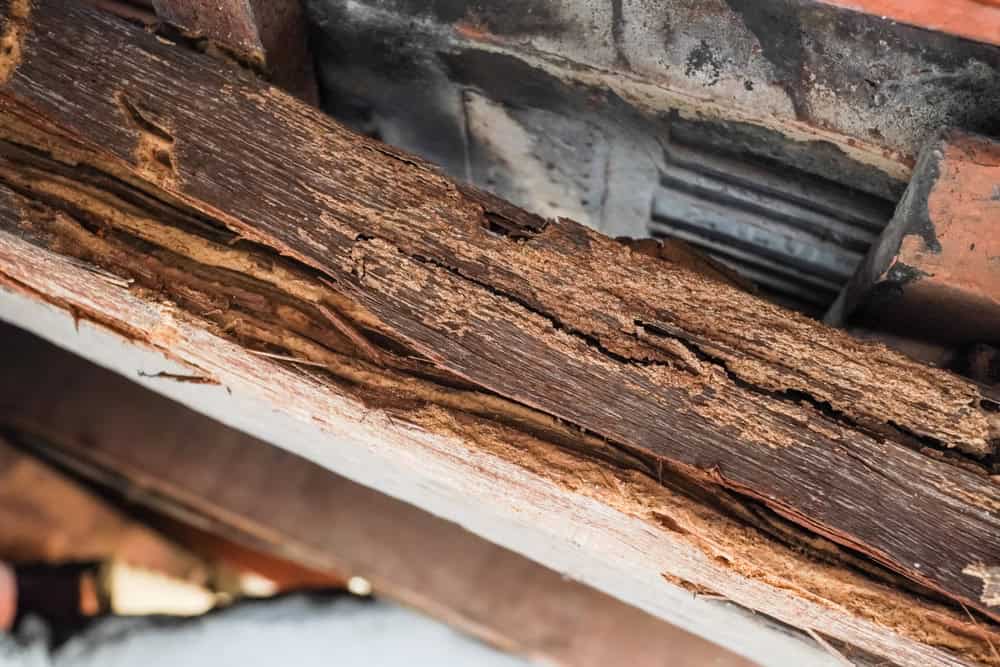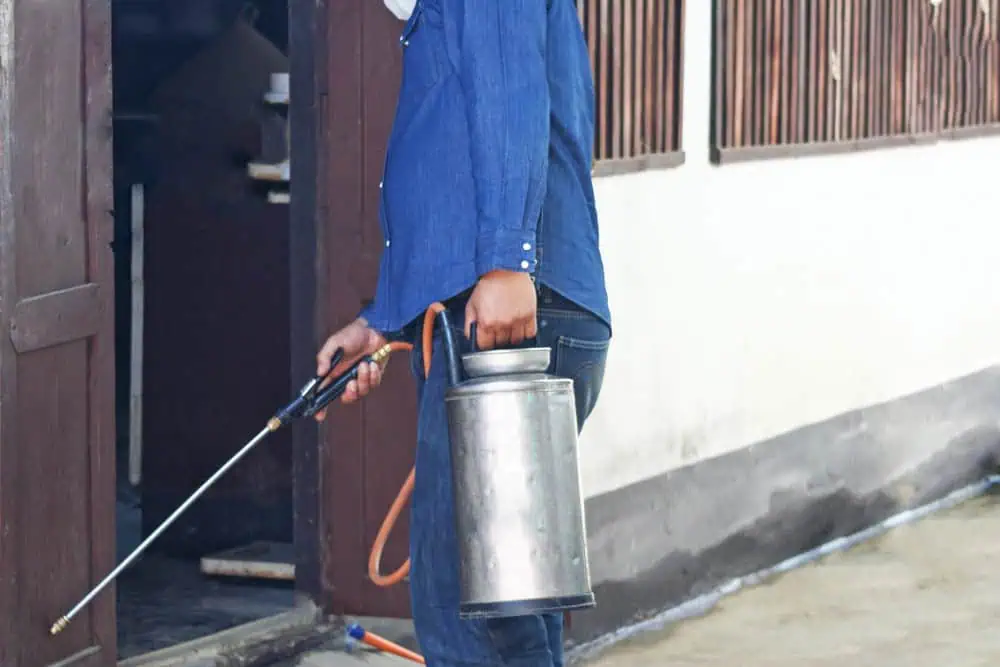Fast, effective termite control that protects your property investment and gives you real peace of mind.

Hear from Our Customers

You sleep better knowing your home is actually protected. No more wondering if those small wood shavings mean trouble, or if that soft spot in your floor is getting worse.
Professional termite treatment stops the problem at its source. We eliminate entire colonies, not just the termites you can see. Your property value stays intact, and you avoid those nightmare repair bills that can hit $10,000 or more.
The right termite prevention treatment means you’re not dealing with this again next year. Or the year after that. You get a home that’s genuinely protected, with ongoing monitoring that catches any new activity before it becomes a real problem.
86 Pest and Wildlife Removal focuses on what works in New Jersey’s climate and housing conditions. We handle both common subterranean termites and the drywood species that many generalist pest companies miss.
Local experience matters when you’re dealing with termite control. New Jersey’s humidity and soil conditions create specific challenges that require targeted treatment approaches. We understand which methods actually eliminate infestations in this area, not just temporarily reduce them.
You’re working with professionals who’ve seen every type of termite problem that occurs in Downs Farms properties. From older homes with vulnerable foundation areas to newer construction with hidden moisture issues.

First, we conduct a thorough termite inspection of your entire property. This means checking all the areas where termites actually enter and establish colonies – not just the obvious spots. We look for signs of termite infestation in crawl spaces, basements, around foundations, and anywhere wood meets soil.
Next, we identify the specific termite species and the extent of any existing damage. Different termites require different treatment approaches. Subterranean termites need soil treatment and baiting systems, while drywood termites require targeted wood treatment.
Then we implement the treatment plan that actually eliminates the problem. This typically involves liquid termiticides around your foundation, targeted wood treatments, and monitoring stations. We explain each step so you understand what’s happening and why.
Follow-up monitoring ensures the treatment worked and catches any new activity early. Real termite control isn’t a one-time event – it’s an ongoing protection system.

Ready to get started?
Your termite treatment includes a comprehensive property assessment that identifies all vulnerable areas. We check moisture conditions, wood-to-soil contact points, and structural areas where termites typically establish colonies.
Treatment application uses professional-grade termiticides that aren’t available to homeowners. These products create long-lasting barriers that eliminate existing termites and prevent new infestations. We also install monitoring stations around your property perimeter.
You receive detailed documentation of all findings, treatment locations, and recommendations for preventing future problems. This includes identifying moisture issues, structural modifications, and landscaping changes that reduce termite attraction to your property.
Ongoing monitoring visits ensure your protection stays effective. We check bait stations, inspect for new activity, and address any concerns before they become major problems.
